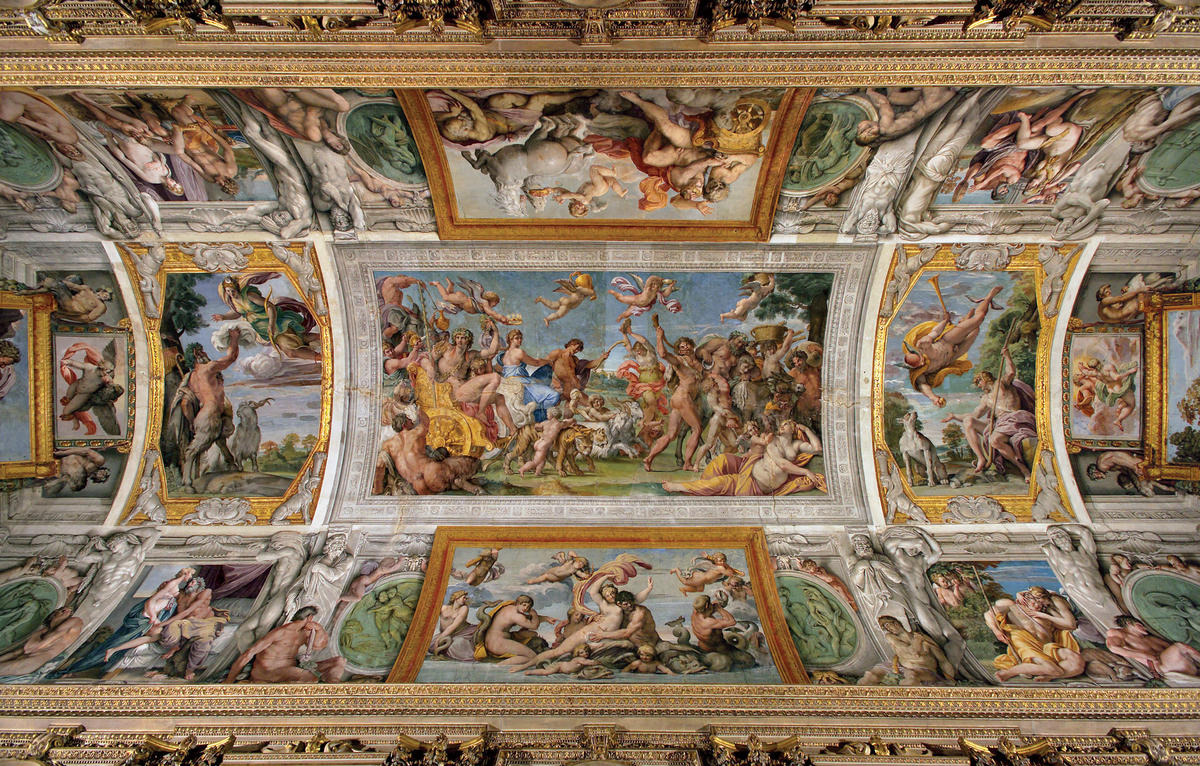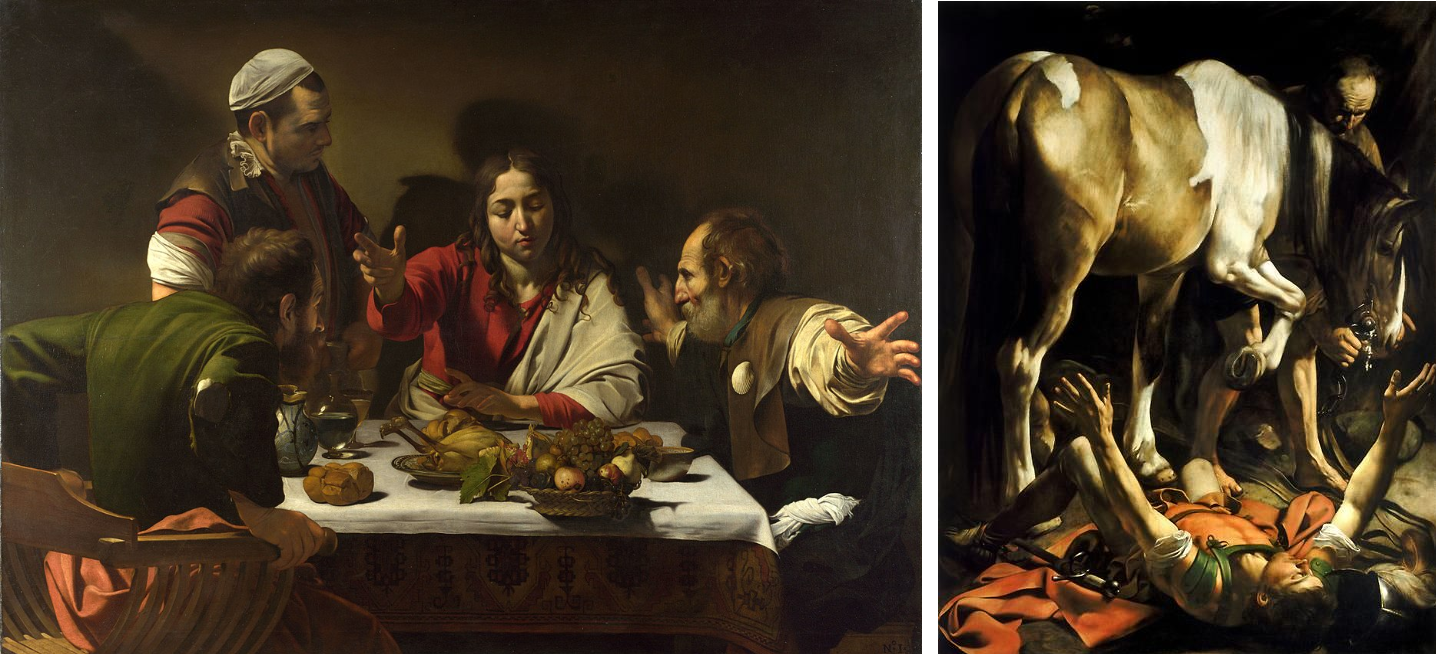13.2 The Italian Baroque Painters
1/5
There's no tags or description
Looks like no tags are added yet.
Name | Mastery | Learn | Test | Matching | Spaced |
|---|
No study sessions yet.
6 Terms
Annibale Carracci
one of the most admired painters of his day and one of the most influential Old Masters in transitioning from Mannerism to the Baroque.
Rejecting the artificial style of Mannerist painting, Annibale championed a return to naturalism and the artistic ideals of Renaissance Masters.
Domine quo vadis? (Christ Appearing to Saint Peter on the Appian Way), Flight into Egypt, and the ceiling frescos of the Farnese Palace.

Caravaggio (Michelangelo Merisi)
most influential Italian Baroque Artist of the 17th century
renowned for his naturalistic style, which is characterized by his use of dramatic, almost theatrical lighting.
his technique was spontaneous - he painted straight onto the canvas with minimal preparation.
his mastery of tenebrism and chiaroscuro was so popular with 17th century art collectors and other painters that it started a European-wide trend of Caravaggism
The St. Matthew paintings in the Contarelli Chapel (The Calling of St. Matthew, The Martyrdom of St. Matthew, The Inspiration of St. Matthew), The Supper at Emmaus, and The Conversion of St. Paul.

Artemisia Gentileschi
among the first female artists to succeed in the 17th century.
her Baroque paintings were some of the most dramatic and dynamic of her generation, and she became known for her realism, her accomplished use of chiaroscuro, and for placing women and their stories at the center of all her images.
Susanna and the Elders and Judith Slaying Holofernes
Pietro da Cortona
Palazzo Barberini
Giovanni Battista Gaulli
Triumph of the Name of Jesus ceiling fresco with stucco figures on the nave vault of Il Gesù
Fra Andrea Pozzo
Apotheosis of St Ignatius in Sant'Ignazio in Rome